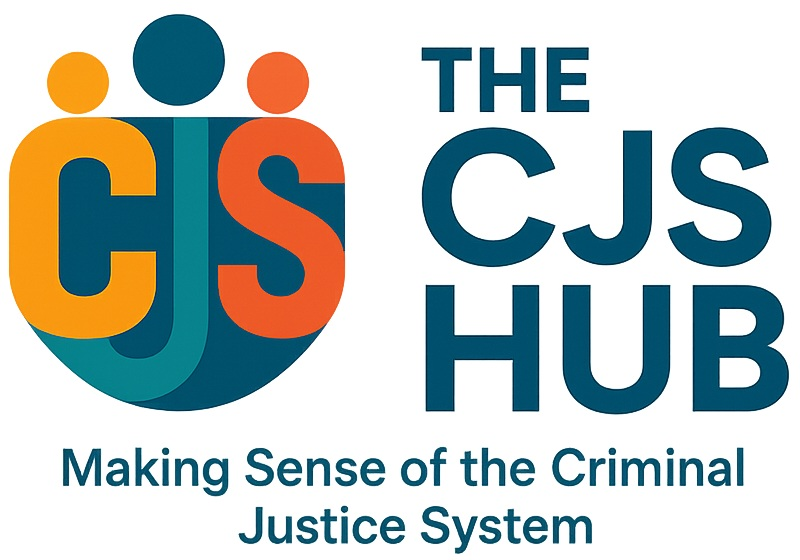Walking into prison for the first time can be overwhelming. Whether you’re going in yourself or supporting someone who is, the reality of day-to-day life can feel very different from what the official leaflets describe. Prisons are meant to provide structure, routine, and access to work or education, but in many local reception prisons, staff shortages and overcrowding mean a lot of time is spent locked in your cell.
Most people start their sentence, or are held on remand, in a local prison. These are busy, high-pressure environments where resources are stretched. Breakfast usually comes in the form of a small “breakfast pack” given to you the night before — often cereal, milk, maybe a juice carton or teabag — so you’ll eat in your cell rather than collecting a fresh meal in the morning. Unlock times vary from prison to prison, but delays are common, and it’s not unusual to still be behind your door well past 8am.
Once unlocked, the day depends on where you are, your sentence, and what activities are available. You might be allocated work, education, gym time, or exercise in the yard, but in many locals, these sessions are frequently cancelled if there aren’t enough staff. For those on remand wings especially, there’s often very little structured activity, and long periods of lock-up are the norm. Association — the short window where you can mix with other prisoners can be as little as an hour in the afternoon or evening, and even that sometimes gets cancelled. By early evening, after the last meal of the day, many wings are locked down for the night, which can be as early as 6pm or 7pm.
For those serving longer sentences, things often improve over time. Many people are eventually moved on from local prisons to training prisons or resettlement prisons, where there are usually more opportunities to work, study, and prepare for release. These prisons tend to feel calmer, with longer association periods, more consistent routines, and better access to education or vocational training. Later still, for those on lower-risk categories, there are open prisons where movement is freer and, in some cases, you may even be able to apply for Release on Temporary Licence (ROTL), which allows short periods outside the prison to work or reconnect with family as part of preparing for life after custody.
Keeping in touch with loved ones is one of the most important parts of prison life. At most prisons, you’ll have access to phones in your room that can call pre-approved numbers, and many establishments also run the “Email a Prisoner” service, where family and friends send messages online that are printed and handed out on the wing. Social visits can be booked in advance, and the number you’re entitled to depends on whether you’re sentenced or on remand. Some prisons also offer video calls, though availability varies.
Work, education, and activities are meant to form part of daily life, but again, what’s offered in reality depends on where you are. Jobs might include cleaning, working in the kitchen, helping in the library, or assisting other prisoners, while some prisons run workshops teaching practical skills. Education ranges from basic literacy to Open University degrees, but accessing these opportunities can take persistence, especially in crowded locals where waiting lists are long.
Religion and chaplaincy also play a big role for many people inside. Every prison has a chaplaincy team, and they’re there for everyone — regardless of faith or belief. You can attend services, have one-to-one support, and speak to chaplains about personal or family difficulties. A lot of prisoners say the chaplaincy team are among the most approachable people in the prison, and you don’t need to be religious to seek their support.
Adjusting to the social side of prison life can take time. You’re sharing space with hundreds of strangers, all coping in different ways, and tensions can sometimes run high. Keeping a low profile, staying respectful, and finding your own small routines usually makes things easier. Support is available if you feel unsafe or overwhelmed — through the safer custody teams, healthcare, peer listeners trained by the Samaritans, and the chaplaincy.
Daily prison life can be tough, especially in the first few weeks while you adjust to the pace, but knowing what to expect helps. For many, the hardest part is the amount of time spent behind the door — finding ways to fill that time makes a real difference. Reading, writing, journaling, planning calls, or setting personal goals can give the days more structure. And while resources can be stretched, there are people and services in every prison whose role is to help you manage, cope, and prepare for what comes next.
